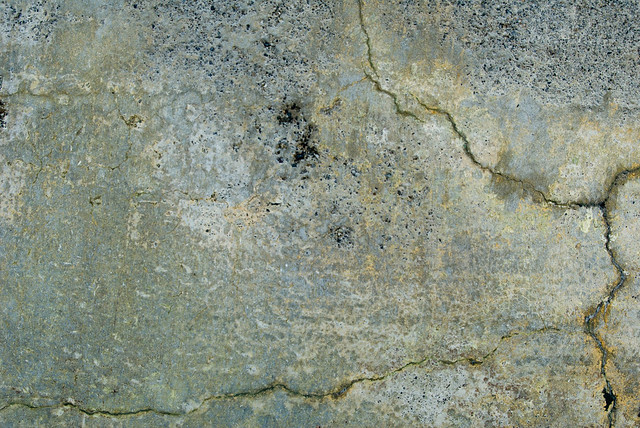Cracks in the walls: Should I be worried?

All seems right in the world until, one day, you see a crack developing in your wall. Whether inside or outside, these cracks can tell you something about changes in your home that you might not otherwise notice. And while that’s not cause to immediately panic, it isn’t something you should ignore, either. Cracking is inevitable in any home, but it doesn’t always mean the same thing, and it could require different remedies.

When cracking develops, it’s time to take action – even if the cracks are faint and hard to see. In the end, you could be saving yourself from a much more serious problem. Following is a quick guide to what these cracks may indicate and what you should do to address the underlying issue.
There are many possible causes of cracking. The most common is settling of the foundation, which can happen in new and old homes. Vertical cracks can result from post-construction settling and tend to be less serious than horizontal, jagged or “stair-stepping” cracks, which tend to indicate foundation problems. Erosion and/or poor drainage surrounding a home can cause foundations to shift.
Large, gaping cracks could indicate significant foundational shifting and other structural changes occurring in the home. Other symptoms of a shifting foundation include sticking doors and crooked windows, so it’s wise to review the home for other changes that could be related to structural issues.
While you may be motivated to patch cracks to preserve your home’s aesthetics, the underlying cause of the cracks needs to be adequately addressed. This could mean eliminating causes of erosion, if possible, particularly if erosion is being caused by poor drainage. In other cases, the foundation may need to be bolstered in sinking spots with wood and/or concrete, and in severe cases of shifting metal bracing may be required. It’s impossible to know the extent of the repair work until a foundation repair professional has inspected your home.
Although it’s sometimes tempting to fix cracking on your own, this is a risky undertaking for any homeowner. First off, covering up cracks won’t do anything but mask the problem – they will still be there, and they will likely get worse. In many cases, actually fixing problems is a very intensive process that requires the tools and expertise of a professional. Even if you think you can fix the issue on your own – and even if it seems like your repairs were effective – it’s possible that you are only delaying the onset of much larger problems, and costlier repairs.
In the end, proactive homeowners will find that their assertiveness in addressing cracking will save them considerable time, money and stress. Make a habit of inspecting interior and exterior walls periodically so you detect cracks as soon as they appear. You can even snap a quick photo of any cracks you find, so that the next time you inspect your walls, you can easily tell if the crack has grown larger. Don’t delay in making sure cracking issues are effectively eliminated.
Comments are closed.

hmm… those cracks look familiar! what is a good company for foundation repair problems?